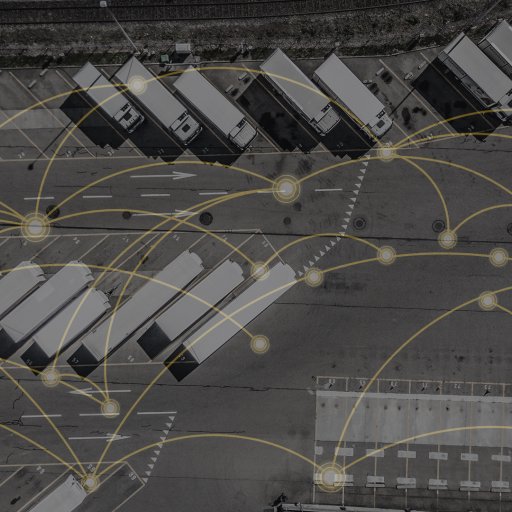By Gerry Daalhuisen, Tribe Lead Dock Scheduling & Yard Management
In recent decades, warehouses and transportation have gone through continuous optimization. The yard, sadly, has not.
Many yards are currently managed by spreadsheets or “the human eye,” pen and paper, or are heavily supported by cumbersome Excel spreadsheets.
That leads to:
- Low levels of predictability and visibility
- Extended dwell and waiting times
- Peaks & troughs in utilization
- Inefficient usage of labor
- Delays and disorganization
- Dislikes by carriers and drivers to visit the premises
Time is wasted in searching for lost trailers. Delivery issues arise as the next leg cannot be executed because the goods or the trailer are lost.
Altogether, this leads to negative business impact, including:
- Costs for redeliveries
- Receiving penalties for delays or missed deliveries
- Damaged customer satisfaction
- Reduced delivery reliability
- Increased number of carriers that do not want to pick-up/deliver from an non-performing yard (or only against a higher price)
At the end of the day, the pick-up trailers arriving at the Cross Dock hub need to be unloaded, while the line-hauls need to be loaded for the next leg. Having good visibility on the whereabouts of trailers is key for optimizing these processes.
We’ve all experienced this — a driver waiting outside the yard is called into the dock, but nobody knows where the driver is parked, and a jockey needs to go and track him down.
Or this one — the purchasing department needs to confirm the receipt of high priority inventory held in trailers currently staged in the yard, but they lack the visibility to do so.
In both of these cases and more, trailers and sub-contractors that are being held too long on the yard can charge accessorial charges like detention and demurrage fees.
That’s why some have referred to trailer yards as Supply Chain Black Holes.
However, with the right technology, Yard Management Systems (YMS) can shed light on trailer and shipment arrival and locations.









